When Climate Change Reaches Your Plate
7:28 minutes
This story by Anna Gibbs was originally published on Science News on May 9, 2022.
No matter how you slice it, climate change will alter what we eat in the future. Today, just 13 crops provide 80% of people’s energy intake worldwide, and about half of our calories come from wheat, maize and rice. Yet some of these crops may not grow well in the higher temperatures, unpredictable rainfall and extreme weather events caused by climate change. Already, drought, heat waves and flash floods are damaging crops around the world.
“We must diversify our food basket,” says Festo Massawe. He’s executive director of Future Food Beacon Malaysia, a group at the University of Nottingham Malaysia campus in Semenyih that studies the impact of climate change on food security.
That goes beyond what we eat to how we grow it. The trick will be investing in every possible solution: breeding crops so they’re more climate resilient, genetically engineering foods in the lab and studying crops that we just don’t know enough about, says ecologist Samuel Pironon of the Royal Botanic Gardens, Kew in London. To feed a growing population in a rapidly changing world, food scientists are exploring many possible avenues, while thinking about how to be environmentally friendly.
Consumer preferences are part of the equation as well. “It does have to be that right combination of: It looks good, it tastes good and it’s the right price point,” says Halley Froehlich, an aquaculture and fisheries scientist at the University of California, Santa Barbara.
Here are six foods that could check all those boxes and feature more prominently on menus and grocery shelves in the future.
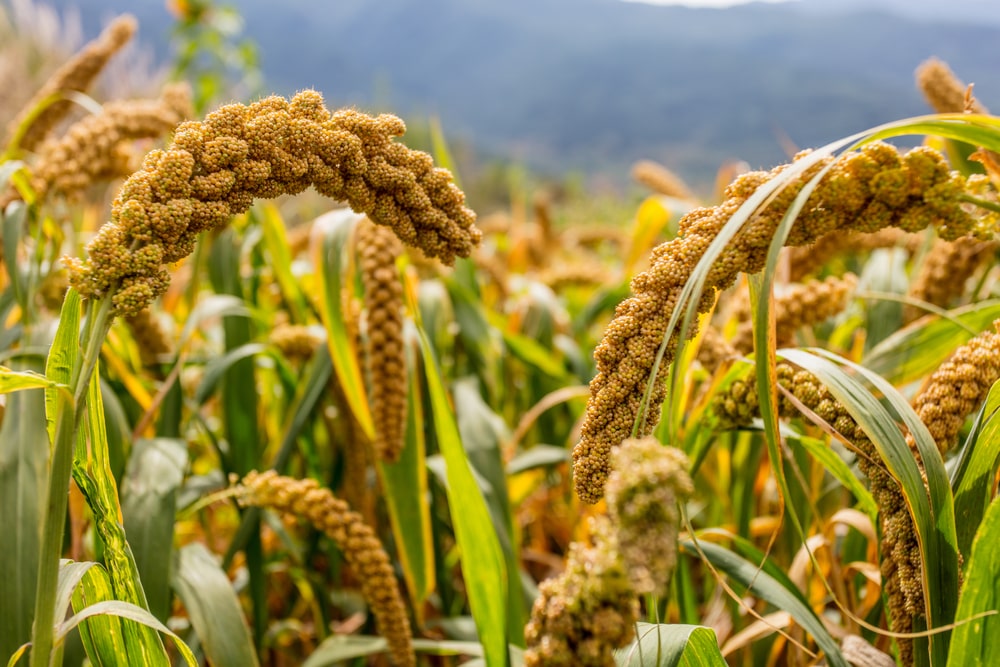
Source of: Carbohydrates, protein, minerals (potassium, phosphorus and magnesium)
Uses: Whole grain; gluten-free flour, pasta, chips, beer
The United Nations has declared 2023 the International Year of Millets (a handful of varieties exist). Quinoa earned the same honor in 2013, and its sales skyrocketed. First cultivated in Asia some 10,000 years ago, millet is a staple grain in parts of Asia and Africa. Compared with wheat, maize and rice, millet is much more climate resilient; the crop needs little water and thrives in warmer, drier environments. Some more good news: Millet is one of many ancient grains—including teff, amaranth and sorghum—that are similarly sustainable and resilient (not to mention capable of being turned into beer).
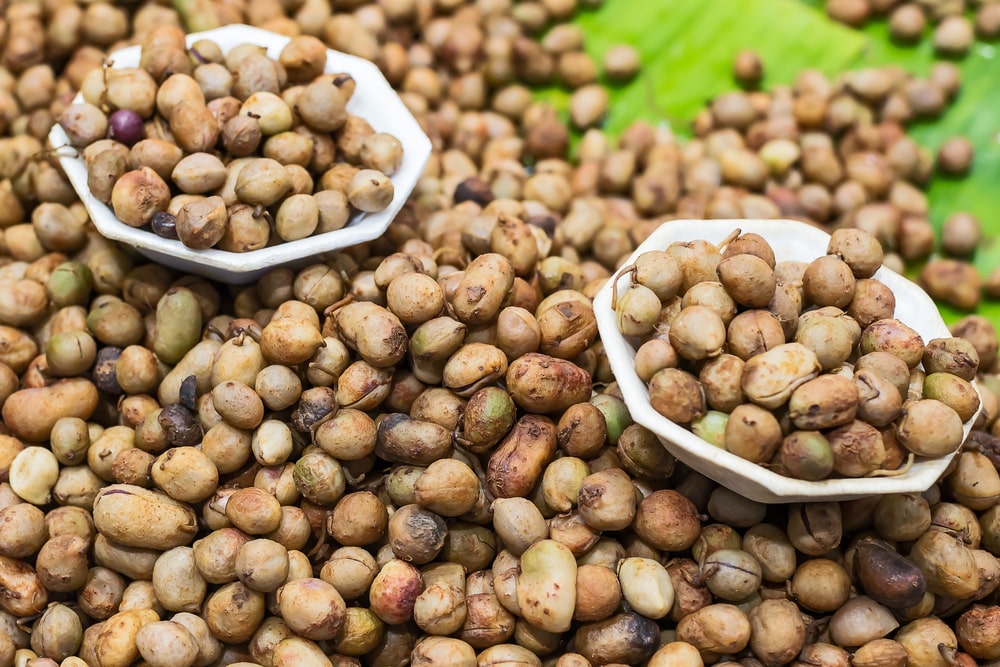
Source of: Protein, fiber, minerals (potassium, magnesium and iron)
Uses: Roasted or boiled; gluten-free flour; dairy-free milk
You’ve heard of almond milk and soy milk. The next alternative at your coffee shop could be made from Bambara groundnuts, a drought-tolerant legume native to sub-Saharan Africa. Like other legumes, the Bambara groundnut is packed with protein. And bacteria on the plant convert atmospheric nitrogen into ammonia so the groundnut grows well in nutrient-poor soil without chemical fertilizers. A better understanding of the plant, says Festo Massawe of Future Food Beacon Malaysia, could pave the way for breeding programs to help the Bambara groundnut become as popular as the soybean, a legume that produces high yields but is less drought tolerant.
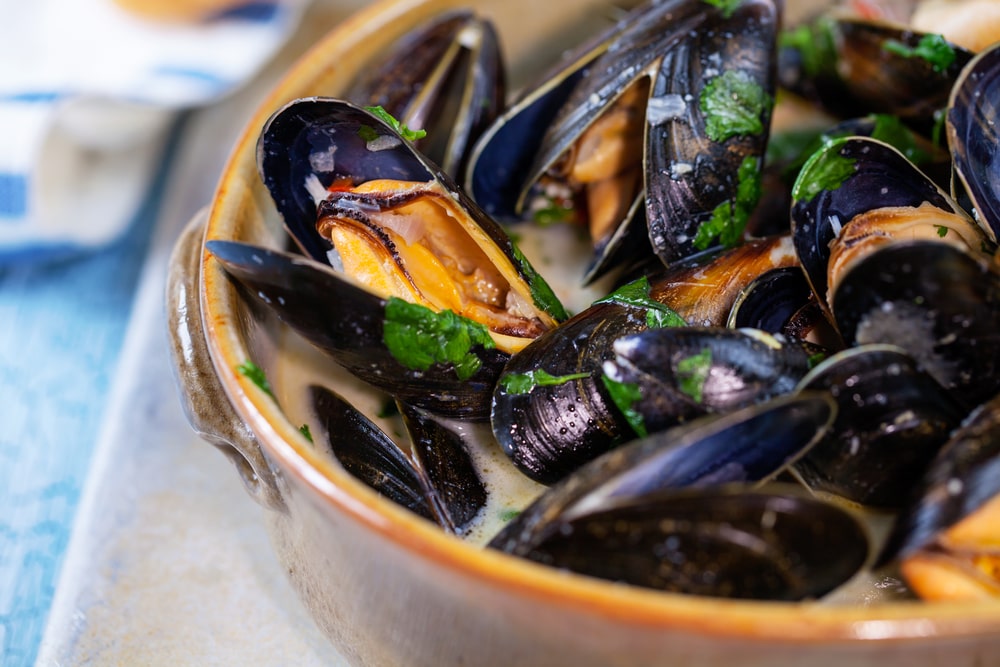
Source of: Protein, omega-3, vitamin B12, minerals (iron, manganese and zinc)
Uses: Steamed; added to pasta dishes, stews, soups
A delicious mussel linguine might someday become a weeknight regular on the family menu. Mussels and other bivalves, including oysters, clams and scallops, could make up about 40% of seafood by 2050, according to a 2020 report in Nature. With no need to be watered or fertilized, bivalve farms are prime for scaling up, which would lower prices for consumers. All bivalves have merit, but Halley Froehlich of UC Santa Barbara singles out mussels as “super hardy,” “super nutritious” and underhyped. One downside: Shell-forming creatures are threatened as rising carbon levels boost ocean acidification. Kelp might be able to help.
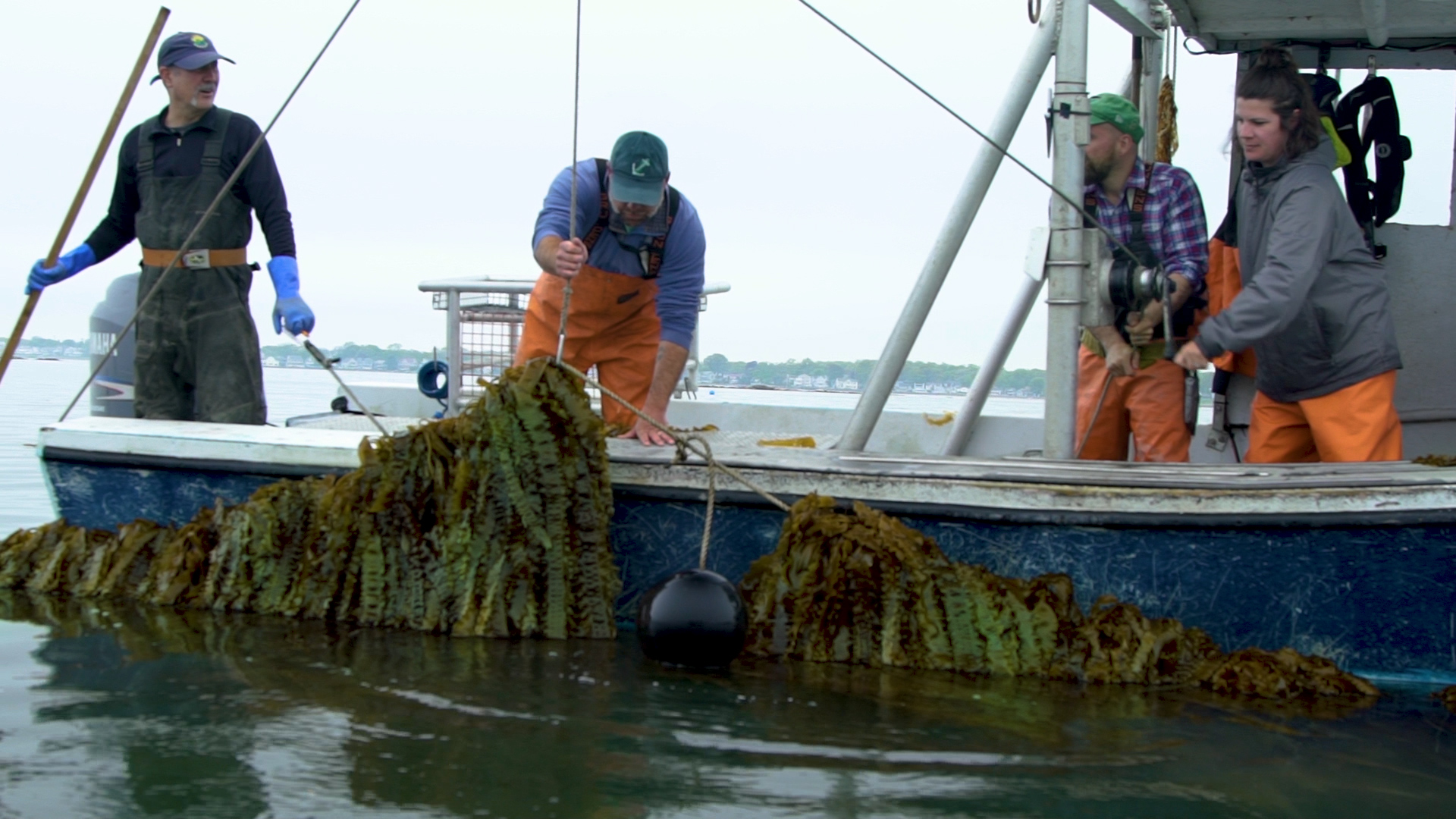
Source of: Vitamins, minerals (iodine, calcium and iron), antioxidants
Uses: Salads, smoothies, salsa, pickles, noodles and chips; also found in toothpaste, shampoo and biofuels
Kelp has a few cool climate-friendly tricks. For one, by taking in carbon dioxide during photosynthesis, it can lower the acidity of its watery surroundings. Farmers in Maine and Alaska grow kelp and bivalves together so that the shelled critters can benefit from the less acidic water. Kelp also sequesters carbon, like underwater trees. That means growing and eating more kelp could be good for the environment. While kelp and other seaweeds have been widely consumed in Asia for thousands of years, they’re still an acquired taste in many Western countries.
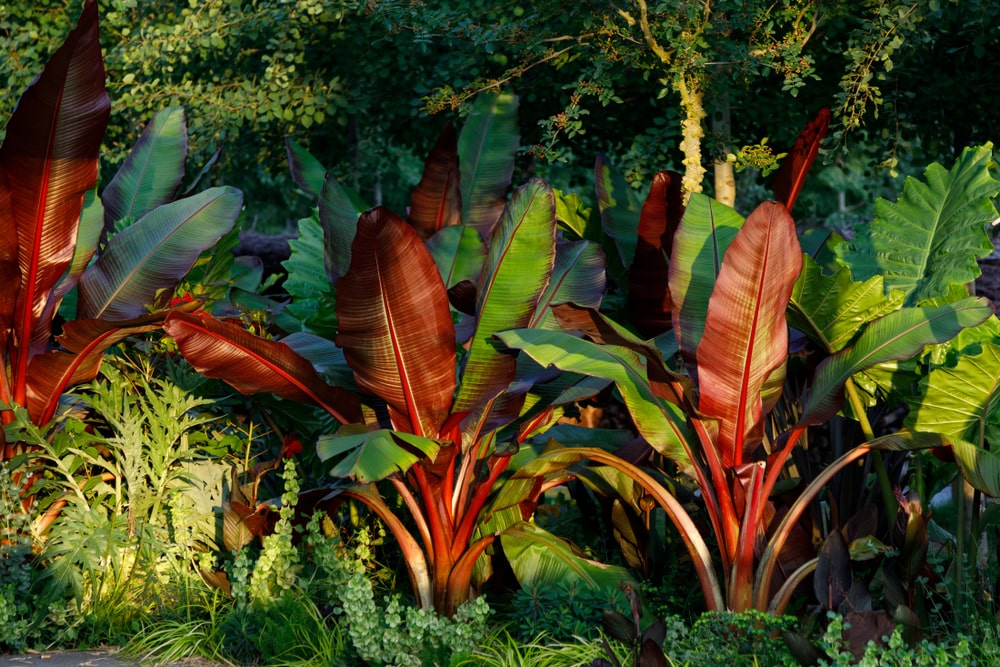
Source of: Carbohydrates, calcium, potassium and zinc
Uses: Porridge or bread; also used to make rope, plates and building materials
The drought-tolerant enset, cultivated in Ethiopia, is nicknamed the “false banana” because the plant resembles a banana tree, though its fruit is inedible. It’s also called “the tree against hunger” because its starchy stems can be harvested at any time of year, making it a reliable buffer food crop during dry periods. A 2021 report in Environmental Research Letters suggests that the enset’s range could be expanded to other parts of Africa, and possibly beyond. The processing required to make enset edible is complex, says study author James Borrell of the Royal Botanic Gardens, Kew. So any expansion would have to be led by the communities who hold that Indigenous knowledge.
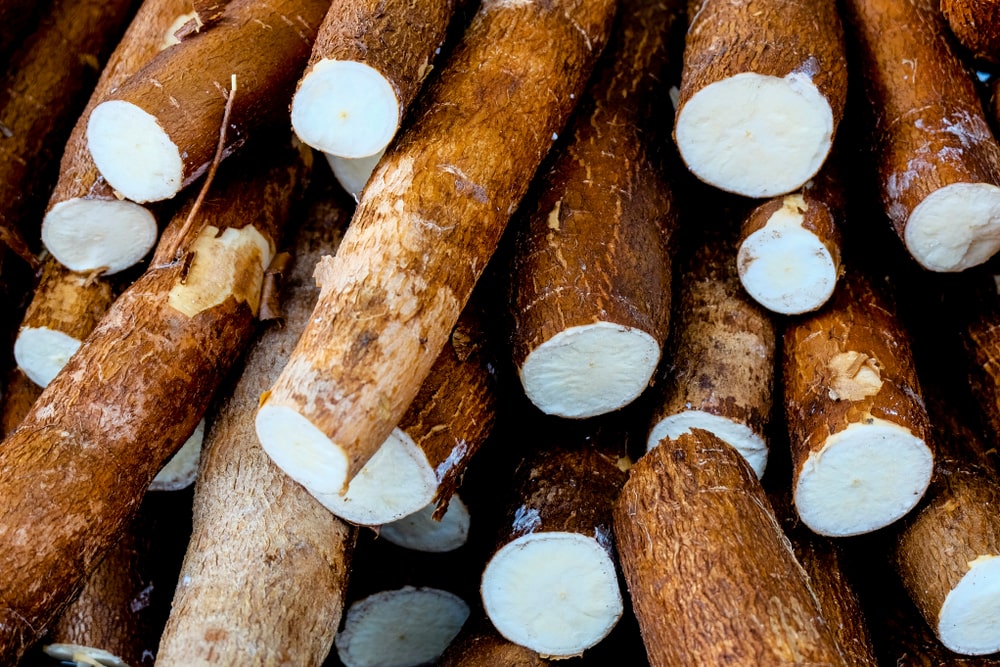
Source of: Carbohydrates, potassium, vitamin C
Uses: Whole cooked root; gluten-free flour; tapioca pearls in bubble tea
Cassava, a starchy root vegetable from South America, checks the boxes for climate resilience, sustainability and nutrition. Now grown in over 100 countries, cassava can withstand temperatures of up to 40° Celsius and is salt and drought tolerant. An added plus: Higher atmospheric CO2 levels enhance the plant’s tolerance to stress and can lead to higher yields. Raw cassava can contain toxic levels of cyanide, but the chemical can be removed by peeling, soaking and cooking the root.
Invest in quality science journalism by making a donation to Science Friday.
Anna Gibbs is a reporter for Science News.
IRA FLATOW: The impact of climate change and drought on the nation’s food system is a big worry not just to farmers, but to all of us. What will we do to feed ourselves on a warming planet?
Last week, we talked about how restaurants are serving up a much different seafood menu than they did even a decade ago. And with rising water temperatures, those changes are expected to continue into the future. So what other foods might better be suited for a warming planet?
Anna Gibbs, a reporter at Science News– that’s based in Washington, DC– wrote about six foods that might not be part of your diet now, but might be in the future. Welcome, Anna.
ANNA GIBBS: It’s great to be here. Thanks so much for having me.
IRA FLATOW: You’re Welcome. We talked last week about how climate change is affecting the seafood that lands on our dinner plates. But obviously, more than just seafood is impacted. How else is the food we love at risk?
ANNA GIBBS: Yeah. So climate change is already affecting the food that we grow. Right? We’re already seeing more extreme weather events, temperatures getting hotter. We’re seeing higher variation in rainfall, so both droughts and floods.
And the problem is that on top of that, we have put all of our eggs into a really small number of baskets when it comes to the food that we’re eating. The world population relies on getting 80% of their energy intake from just 13 crops. And so if you think about all the different things that you eat, just 13 of those are really prominent.
IRA FLATOW: Wow.
ANNA GIBBS: Yeah. And 50% of our calorie intake comes from just three crops, which is wheat, rice, and maize. So experts are worried, because relying on such a small number of options is really risky.
IRA FLATOW: All right. I know that you came up then with a list of six foods that could become more popular as the climate changes. Let’s go through them.
ANNA GIBBS: First we have millet. It’s a type of ancient grain. It’s a great source of carbs. It can be made into a lot of different things, including beer. And it’s already a staple crop in many countries around the world.
Then we have the Bambara groundnut. It’s a lesser well-known crop. It’s a type of legume, sort of like soybeans. It’s a good source of protein. And that one’s native to Sub-Saharan Africa.
Then I had to get some seafood on the list. So we had mussels. Studies show that seafood will become a bigger part of our diets in the future. And mussels are cool because they can be farmed in the ocean with low inputs.
The problem with mussels is that they’re threatened by ocean acidification. And so that’s why we also added kelp to the list. You can grow mussels with kelp. And that’s really beneficial for the mussels. And then kelp is just awesome because it sucks a lot of carbon out of the air. It’s kind of like having a forest underwater. So that’s a really powerful duo.
Then we have the enset. It’s a funky plant grown primarily in Ethiopia. It’s called the false banana because it looks like a banana tree. But you can’t actually eat its fruit. You eat its starchy stem. And it’s also called the tree against hunger because you can harvest it year-round.
The last one on the list is cassava. It’s a starchy root vegetable from South America, a good source of carbs. But like millet, it’s already grown around the world. So it’s a staple crop. It’s one of the top 13 crops that I mentioned earlier.
And you may think that you haven’t tried cassava before. I thought that I hadn’t. But I actually learned that it’s found in the tapioca balls in bubble tea.
IRA FLATOW: Right.
ANNA GIBBS: Yeah.
IRA FLATOW: Right, right. [LAUGHS] And I actually used to feed millet to my parakeets.
ANNA GIBBS: Right. Someone else told me that too. [LAUGHS]
IRA FLATOW: But I have had a vegetarian friend of mine. And a few years ago, a few decades ago, he said, you got to try this thing called millet because he wasn’t eating any wheat products either. He was allergic to wheat.
And it’s delicious. I mean, it’s a kind of thing you want to put sauce on it.
ANNA GIBBS: That’s great. And they are gluten free, which is a really awesome alternative. Yeah.
IRA FLATOW: Now tell me how you chose these.
ANNA GIBBS: Yeah. So after talking with some food experts it became clear pretty quickly that the whole exercise of putting together a list was in and of itself antithetical to the key takeaway that I was hearing from these scientists, which was that we shouldn’t really be making a short list. Right? We should be making a really, really long list. We should be adding to the list. So having to choose to six was challenging.
But I had four basic criteria that all of the foods on this list check off. So the first thing was, obviously, their resilience, so their ability to live in the changing climate. The second one is their nutritional quality. So just inherently, are they nutritious? But also how will that nutritional makeup be affected by climate change?
So one concern with higher levels of carbon dioxide is that it can actually make some crops less nutritious–
IRA FLATOW: Hm.
ANNA GIBBS: –which is obviously a problem going forward. And there’s some crops that grow better in higher CO2 than others, so that’s being studied right now. And then the third criteria, is it sustainable? Is it environmentally friendly? We don’t want to be making a worse future for our food while we’re investing in these crops. Right?
And then the final consideration was, is this food consumer-friendly? Will people buy it? Which is really important.
IRA FLATOW: Yeah. Yeah. And not only is it important, but can we find these things in the US? I mean, where are you going to get a Bambara groundnut?
I mean, there’s cassava I have seen around specialty food stores. But a Bambara groundnut, not so much. [LAUGHS]
ANNA GIBBS: Right, right. And maybe someday though. And that’s the hope is that someday you might actually find the Bambara groundnut as a dairy alternative at your local Starbucks.
There’s a company that’s making Bam Nut Milk, is what it’s called. And it’s dairy free alternative just like soy milk, or almond milk, or oat milk. So hopefully someday it’ll get to that point.
IRA FLATOW: Now I know that millet is out there, because I’ve eaten it. But do people know about it? Will they know about it now that we’re talking about it?
ANNA GIBBS: Yeah. So that’s a great question because the UN actually declared next year to be the International Year of Millets. I’m not sure if you’ve–
IRA FLATOW: Wow.
[LAUGHTER]
ANNA GIBBS: –heard of that distinction before. But–
IRA FLATOW: No, I hadn’t.
ANNA GIBBS: [LAUGHS] So they gave quinoa that honor back in 2013. And we also how that turned out. I mean, everyone’s into quinoa these days. So hopefully a similar fate will come to the millet.
IRA FLATOW: Hmm. And before we go, Anna, what can we do at home or during our grocery trips to diversify what we eat?
ANNA GIBBS: Yeah. So I think the takeaway for consumers is to be intentional about trying new things, eating a range of different items, even looking for diversity within a particular type of food. Like, think how apples have lots of varieties. That’s great, because it increases resilience. We’re putting our eggs in more baskets.
If one variety isn’t cut out for certain conditions, another will probably make it. Whereas a crop like bananas, there’s lots of varieties, but we tend to really just buy one at the stores.
So looking for diversity where you see it, be willing to try new things on the shelf, be open to these menu changes that are going to happen. And also we do hold a lot of power as consumers to bring some of these more sustainable options to the forefront. So I’m really curious to see if kelp will someday take off like quinoa did.
IRA FLATOW: Thank you for taking time to be with us today.
ANNA GIBBS: Thanks so much, Ira.
IRA FLATOW: Anna Gibbs, a reporter at Washington based Science News.
Copyright © 2022 Science Friday Initiative. All rights reserved. Science Friday transcripts are produced on a tight deadline by 3Play Media. Fidelity to the original aired/published audio or video file might vary, and text might be updated or amended in the future. For the authoritative record of Science Friday’s programming, please visit the original aired/published recording. For terms of use and more information, visit our policies pages at http://www.sciencefriday.com/about/policies/
Rasha Aridi is a producer for Science Friday. She loves stories about weird critters, science adventures, and the intersection of science and history.
Ira Flatow is the host and executive producer of Science Friday. His green thumb has revived many an office plant at death’s door.